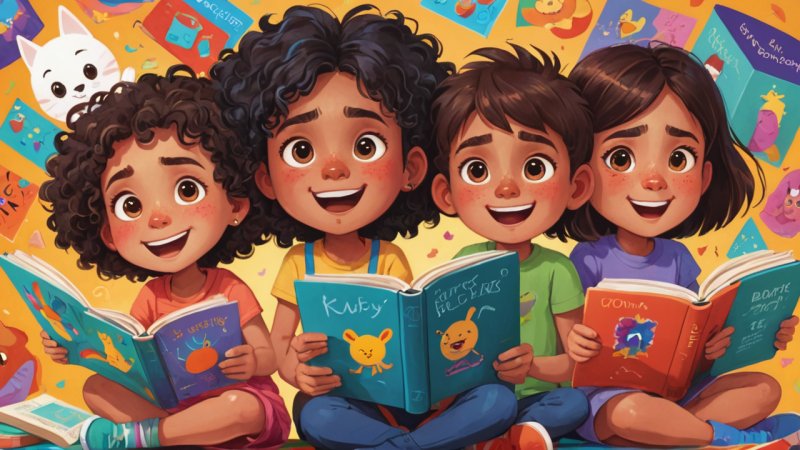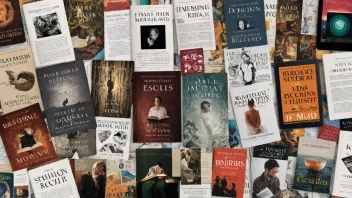What are the benefits of reading books about emotions for children?
Reading books that address emotions helps children understand and articulate their feelings, fostering emotional intelligence. These books can provide relatable scenarios, helping kids recognize that they are not alone in their feelings and offering strategies to cope with various emotional experiences.
Which age groups benefit most from emotional literacy books?
Books about emotions can benefit a wide range of age groups. Picture books for preschoolers (ages 2-5) often introduce basic emotions like happiness, sadness, and anger. Early readers (ages 6-8) may explore more complex feelings, while middle-grade readers (ages 9-12) can tackle themes of empathy, anxiety, and social dynamics.
Can reading about emotions improve children's social skills?
Absolutely! Books that delve into emotions can enhance social skills by teaching children how to empathize with others, recognize social cues, and respond appropriately to different emotional situations. This understanding can lead to better friendships and interactions.
What are some recommended books for teaching children about emotions?
- "The Color Monster: A Pop-Up Book of Feelings" by Anna Llenas - This interactive book uses colors to illustrate different emotions, making it engaging for young readers.
- "My Many Colored Days" by Dr. Seuss - This classic uses colors and animals to represent feelings, encouraging kids to express their emotions through vivid imagery.
- "In My Heart: A Book of Feelings" by Jo Witek - This beautifully illustrated book helps children identify and articulate their feelings in a child-friendly manner.
- "The Way I Feel" by Janan Cain - A simple yet effective book that describes various emotions and how they feel in a child's body.
- "Grumpy Monkey" by Suzanne Lang - A humorous tale that addresses the importance of acknowledging and expressing grumpy feelings.
How can parents facilitate discussions about emotions after reading?
After reading, parents can ask open-ended questions like, "What did you think about the character's feelings?" or "Have you ever felt that way?" This encourages dialogue and helps children connect the stories to their own experiences. Additionally, parents can share their feelings and how they cope to model emotional expression.
Are there any specific themes to look for in books about emotions?
When selecting books, look for themes such as empathy, self-regulation, anger management, friendship, and resilience. These themes can provide valuable lessons and tools for children to navigate their emotional landscapes.
How do illustrations contribute to understanding emotions in children's books?
Illustrations play a crucial role in children's emotional literacy. Vivid images can evoke feelings and help children visualize emotions, making the concepts more relatable and easier to understand. Art can bridge language barriers and enhance comprehension, especially for younger readers.






